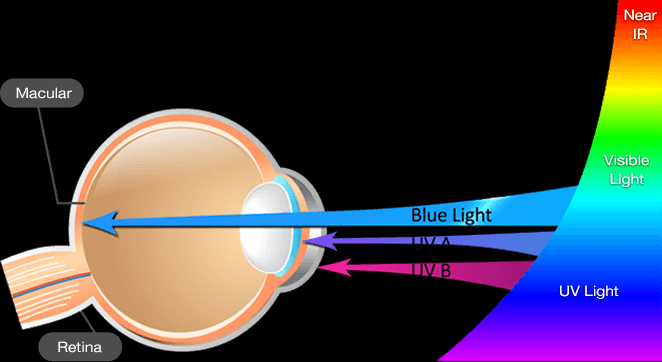
Too much blue light is bad for your health
In an opinion published on May 14, ANSES is concerned about the effects of blue LEDs on the retina and the biological rhythm of children and adolescents.
Ecological, energy-saving, easy to manufacture ... Light-emitting diodes (LEDs) have everything to please. But, when they are rich in blue light, the LEDs can also be dangerous for the health, notes the National Agency for the safety of the food, the environment and the work (ANSES) in a public opinion Tuesday 14 may. Written by a committee of experts that has peeled all the scientific literature on the issue, the document warns against the effects of blue light on health, especially among the youngest.
Already in 2010, ANSES published a report highlighting the risks of LEDs rich in blue light for the retina. Toxicity confirmed by the new scientific data, which "show short-term phototoxic effects related to acute blue light exposure of LED and long-term effects related to chronic exposure, which increase the risk of occurrence of Macular degeneration ".
Discovered in 1992, the blue LED revolutionized lighting and earned its inventors the Nobel Prize in physics in 2014. Very profitable, it allows, coupled with a layer of yellow phosphor, to create white light. From the 2000s, LEDs arrive massively on the market while in parallel, the European Union limits the use of incandescent and halogen lamps, too energy-consuming, until the total ban of their production in 2013 and in 2018. Screens of computers and telephones, electronic toys, headlights of cars, domestic lighting ... they are now ubiquitous.
Today, the photobiological risks of LEDs are partially taken into account in European standards. With reference to the Blue Light Exposure Limit (ELV) established by the International Commission on Non-Ionizing Radiation Protection in 1997, LED lighting is classified into risk groups ranging from 0 to 3 depending on whether are either safe (group 0) or low risk (group 1), moderate (group 2) or high risk (group 3). Since 2015, household lamps have to be included in risk groups 0 or 1.
 English
English Arabic
Arabic


